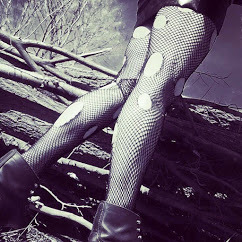Scene Structure 101: The Chart
SCENE STRUCTURE BASICS
Typical scene structure:
X wants [scene goal] _______because [motivation] ________ but [conflict] ________.
The end result of scene:
1. scene goal is not achieved and situation is worse.
2. scene goal is achieved but new goal is necessary/new problem created.
Want to mix it up? Complicate things?
SCENE STRUCTURE VARIATIONS
X wants [scene goal] _______because [motivation] ________ but [conflict] ________.
Y wants [scene goal] _______because [motivation] ________ but [conflict] ________.
and
X wants/avoids {internal conflict}_________ from Y because ____________ but __________.
Y wants/avoids {internal conflict}_________ from X because ____________ but __________.
^^^ This is the necessary push pull for an effective scene. Use the character’s motivation against her/him. Character must be motivated to move forward.
· Character perceives no risk but finds one during/after events.
· Character believes she/he ‘has control’ but discovers not true during or after.
· Character plans to get the better of other but other turns tables (intentionally or not).
add
Setting and context. How does enveloping action contribute?
^^^ This intensifies conflict and adds dimension and depth the story.
consider
X taking ____________ from Y will cause X to _____________.
Y taking __________ from X will cause Y to _______________.
^^^ This is what happened after. The consequence, the new conflict.




